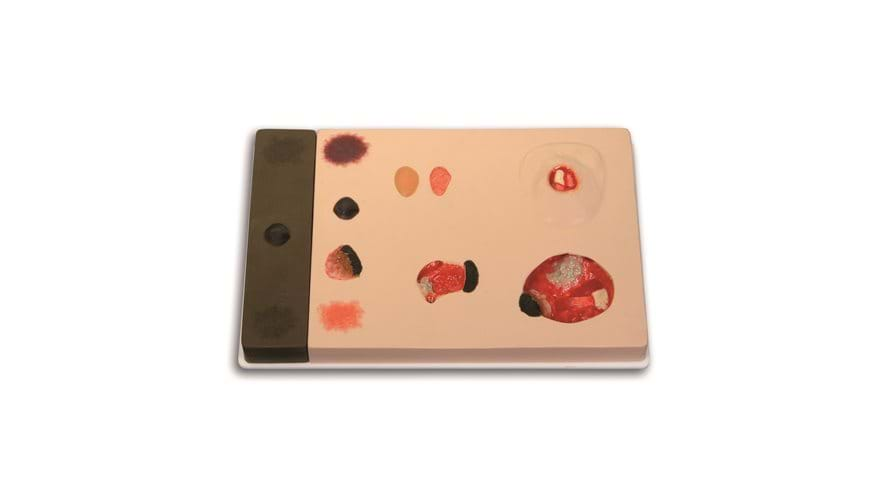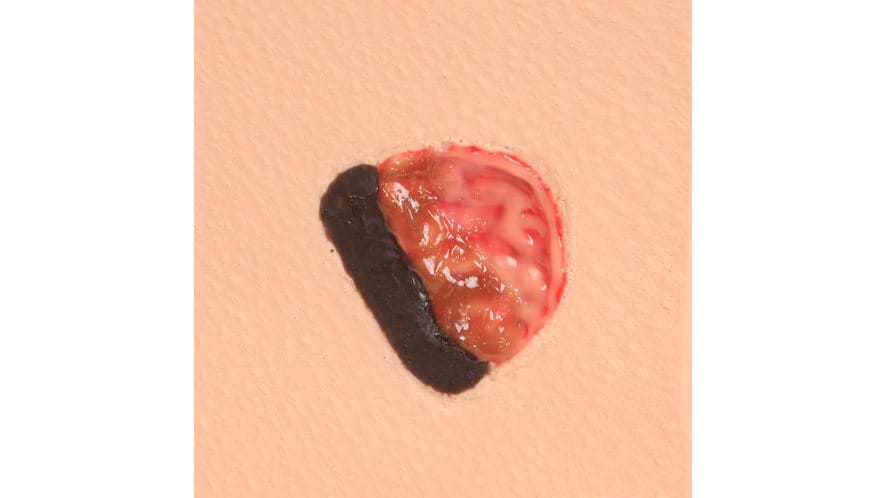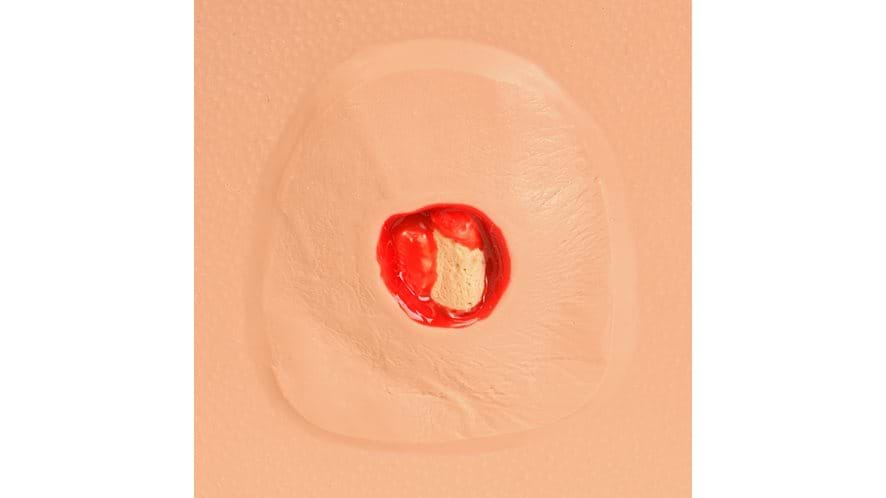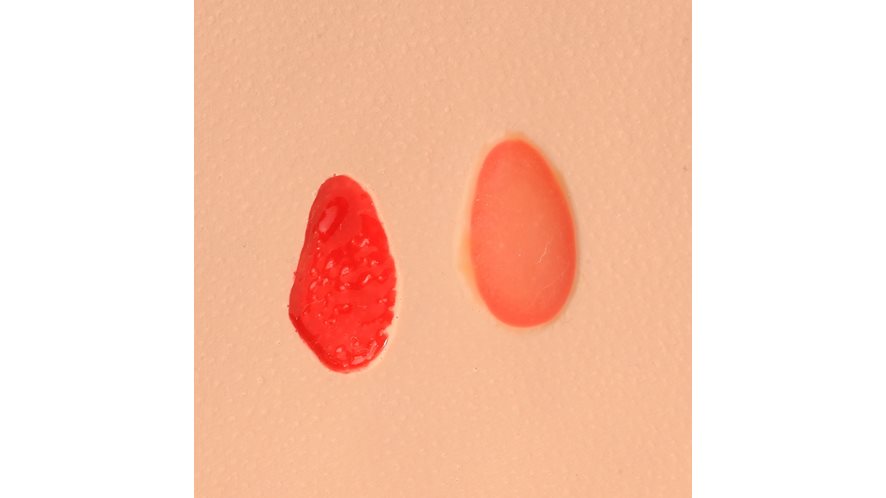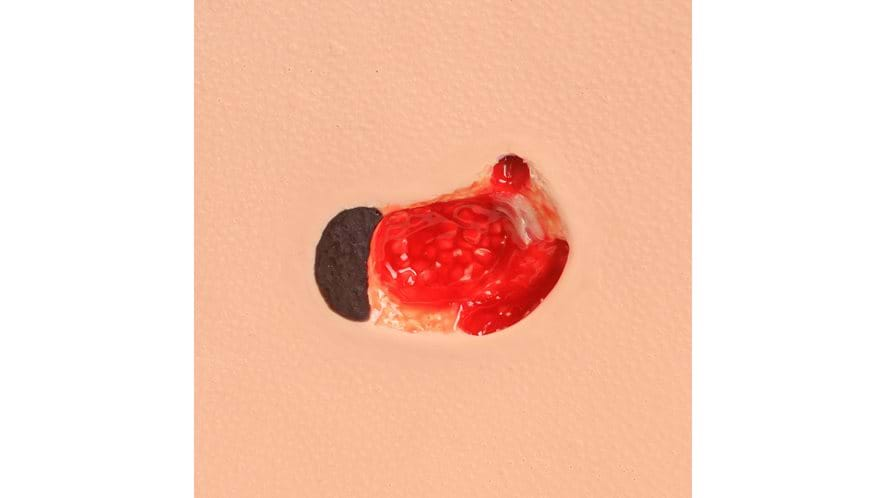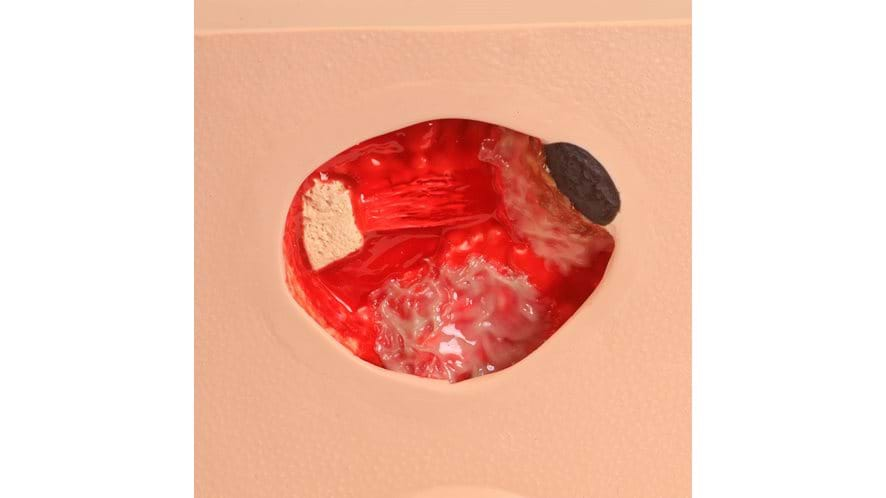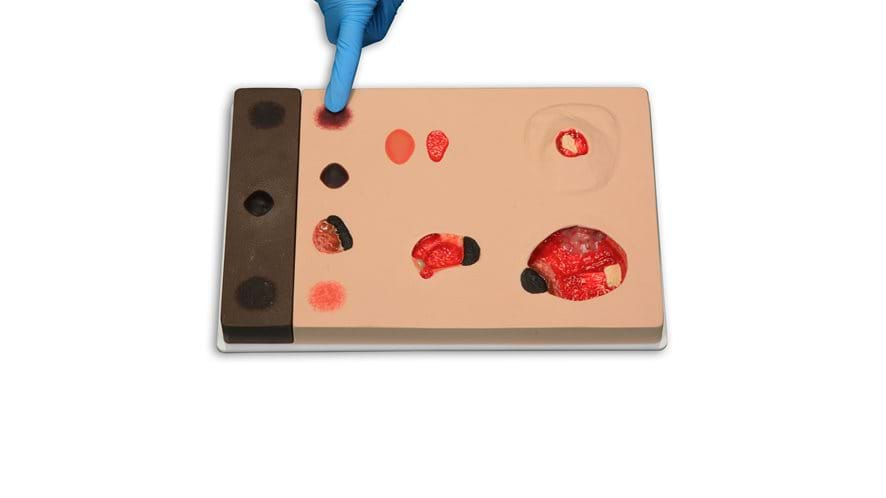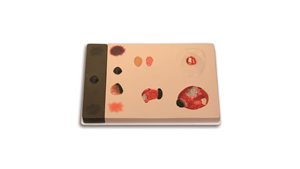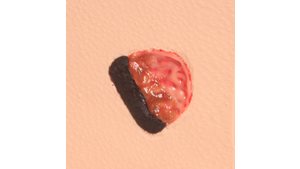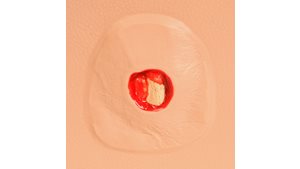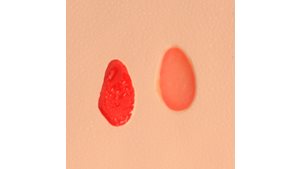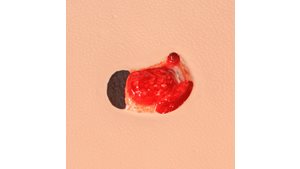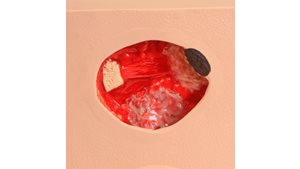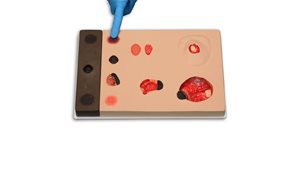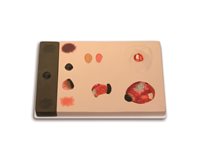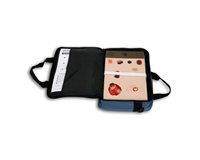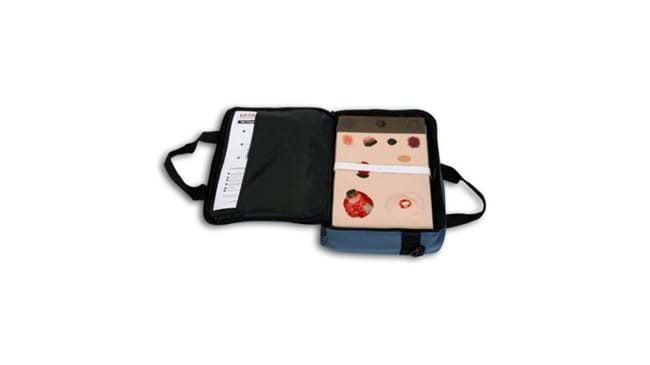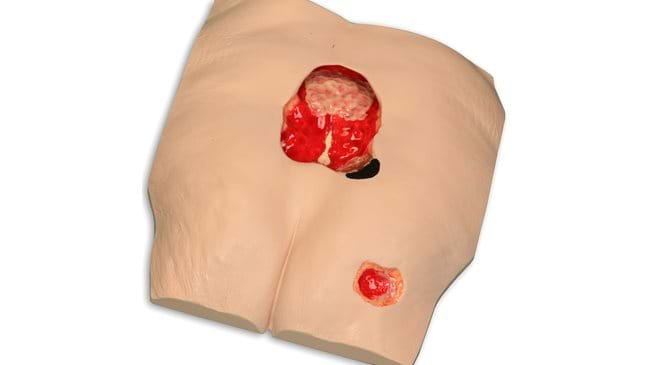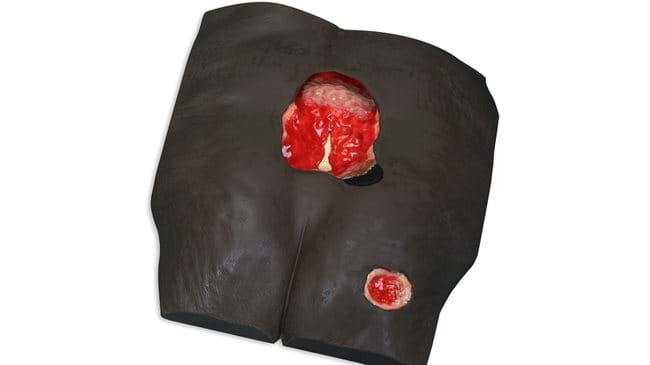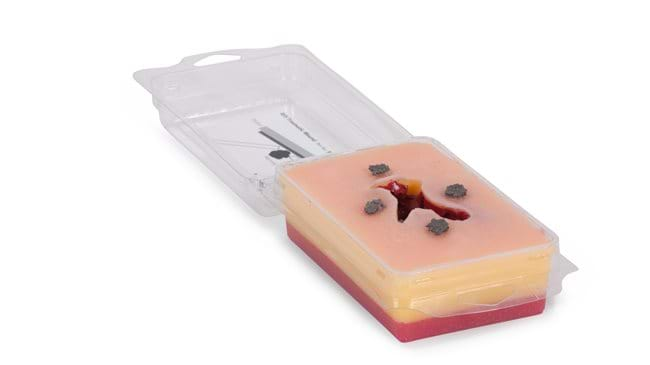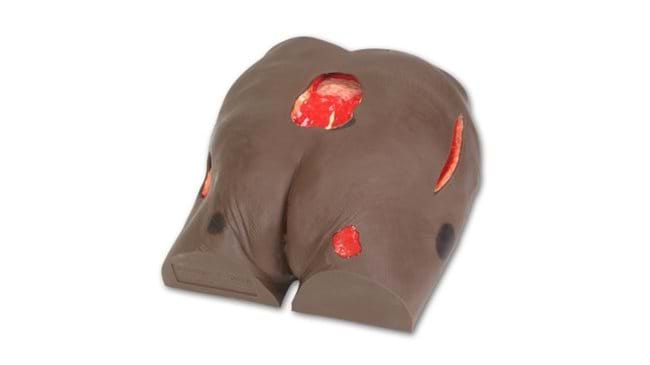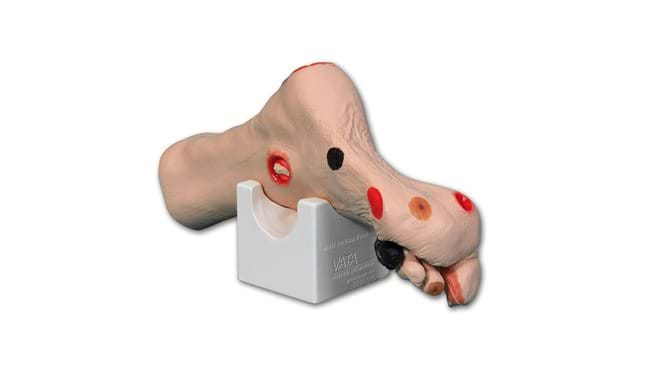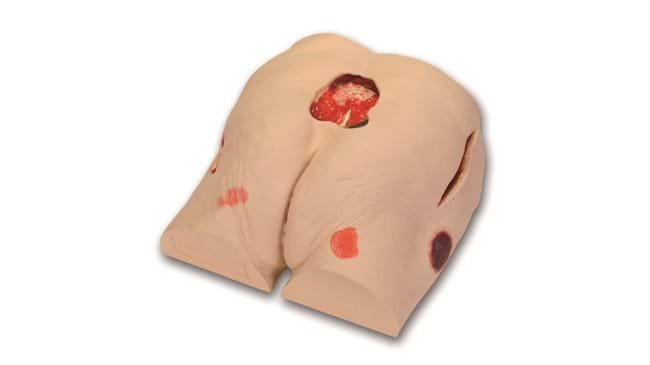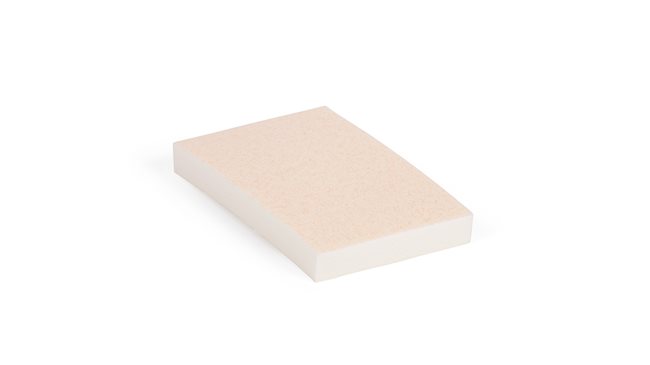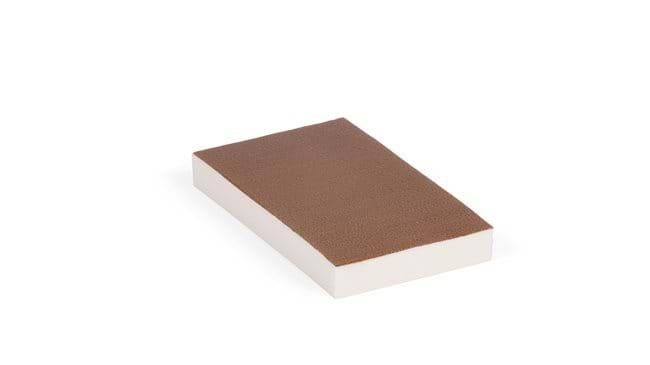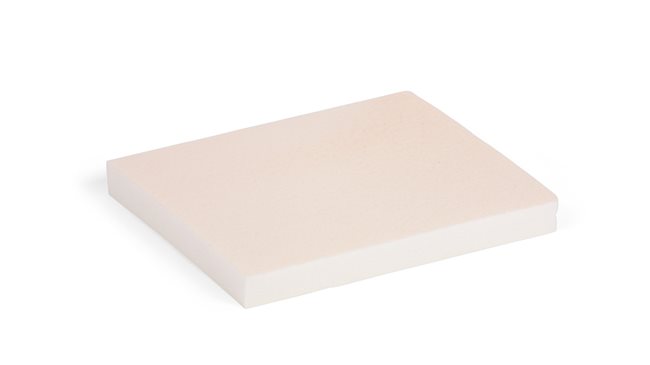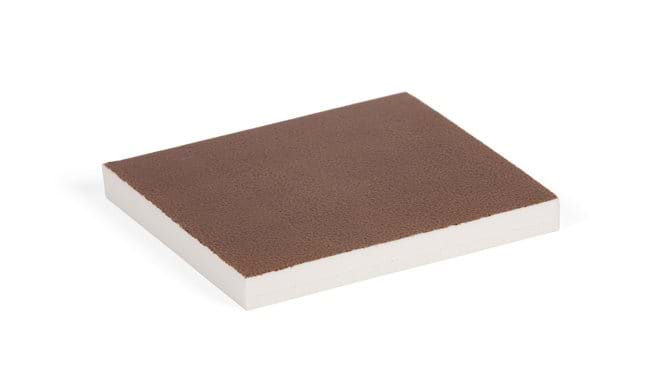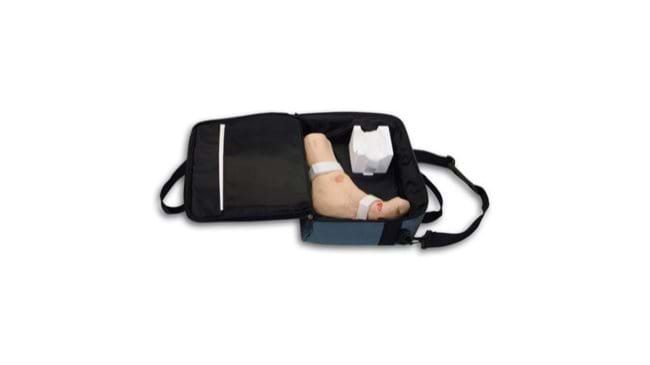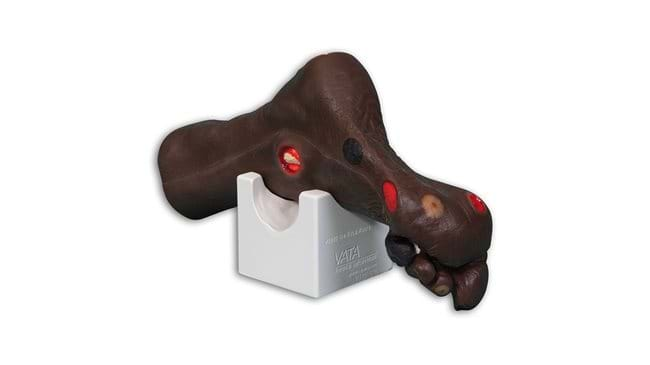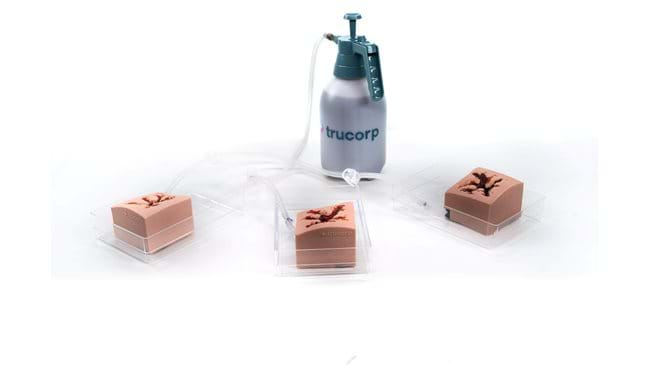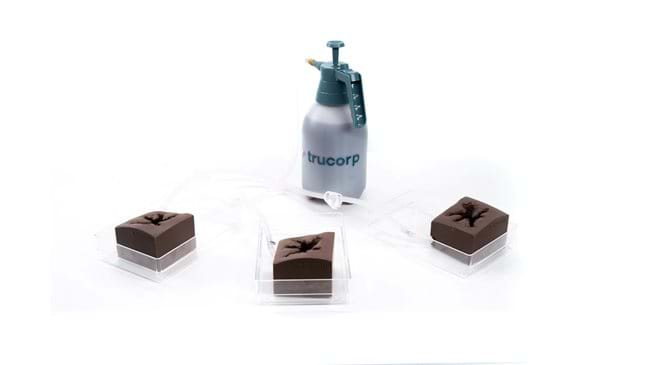'Pat' Pressure Ulcer Staging Model™
A unique, compact, comprehensive and realistic model displaying the following pressure injuries (per NPUAP 2016 - National Pressure Ulcer Advisory Panel):
Stage 1 (in both darkly and lightly pigmented skin), Stage 2, Stage 3 with undermining, tunneling and slough, a shallow Stage 4 over the malleolus with exposed bone and tendon, and an unstageable eschar/slough wound.
Overview
- DTIs have “mushy/boggy” feel when palpated
- Routine cleansing & dressing changes can be taught & practiced on all wounds
Cleaning
- Washable with soap and water
Anatomy
- For Dark skin:
- Suspected DTI
- Blood blister
- Stage I pressure ulcer
- For Light skin:
- Suspected DTI
- Stage 1 pressure ulcer
- Stage 2 blister intact
- Stage 3 pressure ulcer
- Stage 4 pressure ulcer with undermining, tunnelling, granulation tissue, subcutaneous fat, eschar and slough
Skills Gained
- Wound identification and assessment
- Routine cleansing
- Dressing techniques
References
Family Medicine
AAFP Recommended Curriculum Guidelines for Family Medicine Residents, Care of Older Adults Reprint No. 264, p.5 15.Care of conditions that are common in older adults... k. Dermatologic: xerosis, cutaneous neoplasms, environmental and traumatic lesions including skin tears and pressure ulcers, wounds, skin manifestations of systemic illness



